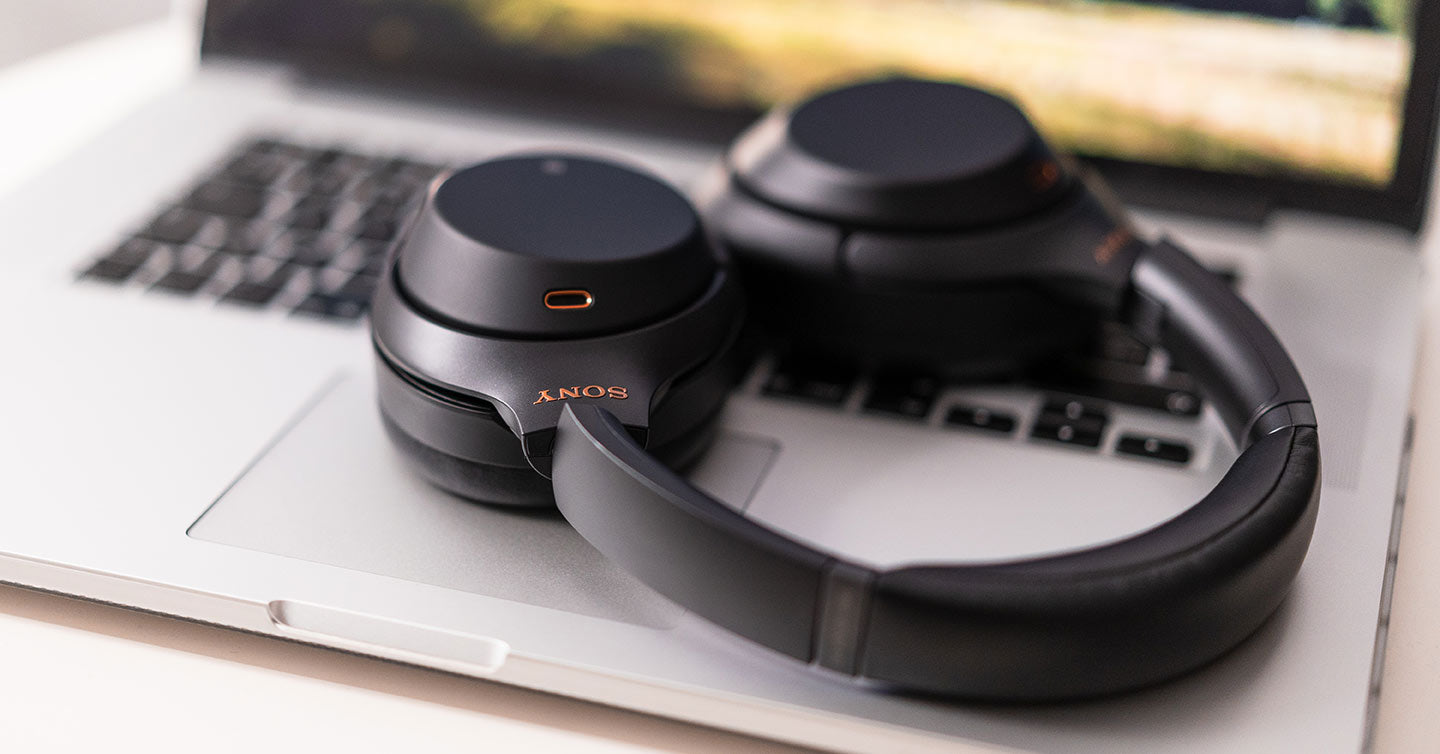If you're looking for a new pair of headphones or a headset, then you'll likely see the terms "passive noise isolation" and "active noise cancellation" mentioned quite a lot of times. At heart, both of these types of headphones help to block out background noise. This can help you to focus better, and also means you don't need to have the headphones turned up so loud- which is better for your ears.
But what's the difference between active and passive noise cancellation? If you're wondering about this, you're not alone. That's why we've put together this blog post, so that you can make a fully informed decision when buying your next headset or headphones.
How does passive noise cancellation work?
Passive noise cancellation is actually pretty simple. It doesn't involve any technology per se. Essentially, it just means that the headphones are covering your ears. This naturally blocks out background noise. Technically, all headphones have passive noise-cancellation.
However, there are actually two kinds of passive noise-cancelling headphones. There are over-ear models, which just sit over the top of your ear. Then there are earbuds or in-ear monitors, which sit inside your ears. The latter is usually the better option, since they do a better job of preventing sounds from entering your ear canal. This means better noise-cancellation, and allows you to listen to music at lower, safer volumes as a result. However, some people can find in-ear headphones uncomfortable to wear for extended periods of time.
Some over-ear headphones and headsets can actually do an excellent job of blocking out background noise, though. The Jabra Evolve2 65 headsets that we use here in the liGo office are a good example. These have nice thick pads on the earcups, so when they're flat against the users' ears, you can only just about hear sounds around you. With passive noise cancellation, it's only going to do a limited job, of course, and you may well find that with nothing playing, you can still hear everything around you.
How does active noise cancellation work?
As the name suggests, active noise cancellation does more than just passive cancellation. Instead, these models will have a microphone in them which is constantly listening out for the background noise around you. A chipset in the headset then inverts this background noise and then plays it through the earpieces. You won't hear this tone.
The main disadvantage of ANC over passive noise-cancellation is that it eats up battery power. As a result, you'll likely notice that your battery doesn't last as long when you've got ANC switched on.
Is active noise cancellation harmful?
No, ANC headphones and headsets are perfectly safe. They won't damage your hearing, and there's no harmful radiation involved in the technology either. However, a small proportion of people may find that using ANC devices can leave them feeling somewhat dizzy. It's unclear why exactly this is- the best theory is that the low-frequency tone makes the brain think you're moving, whereas your eyes can see you're remaining still. As a result, this disconnect between the two can cause dizziness in some people.
Which has better sound quality?
In terms of pure sound quality, passive noise isolation headphones have the edge here. The tone generated by ANC headphones adds a slight layer of distortion to your music. On the other hand, passive noise isolation doesn't affect the sound quality at all, leaving music sounding more true-to-life. That's not to say that ANC headphones will ruin the quality of your music, but if you're going from passive to active models, you may notice that the latter feels a little more compressed.





